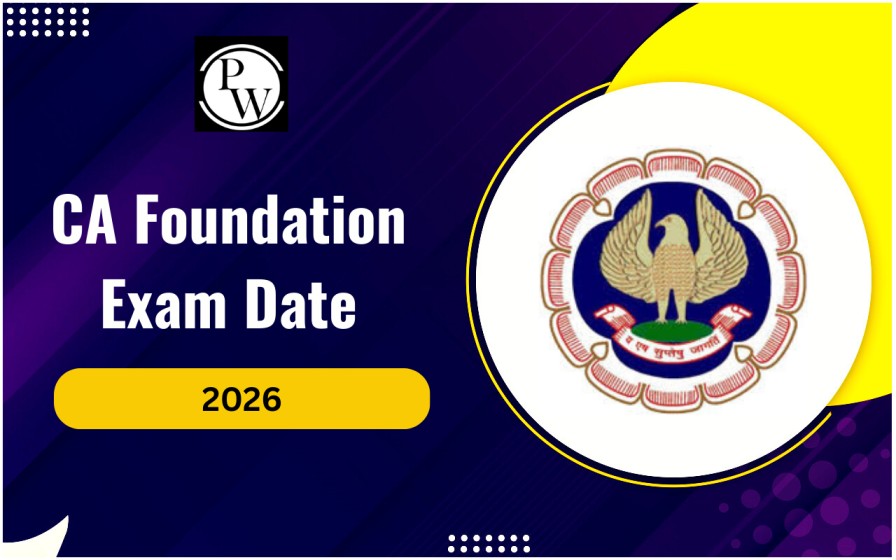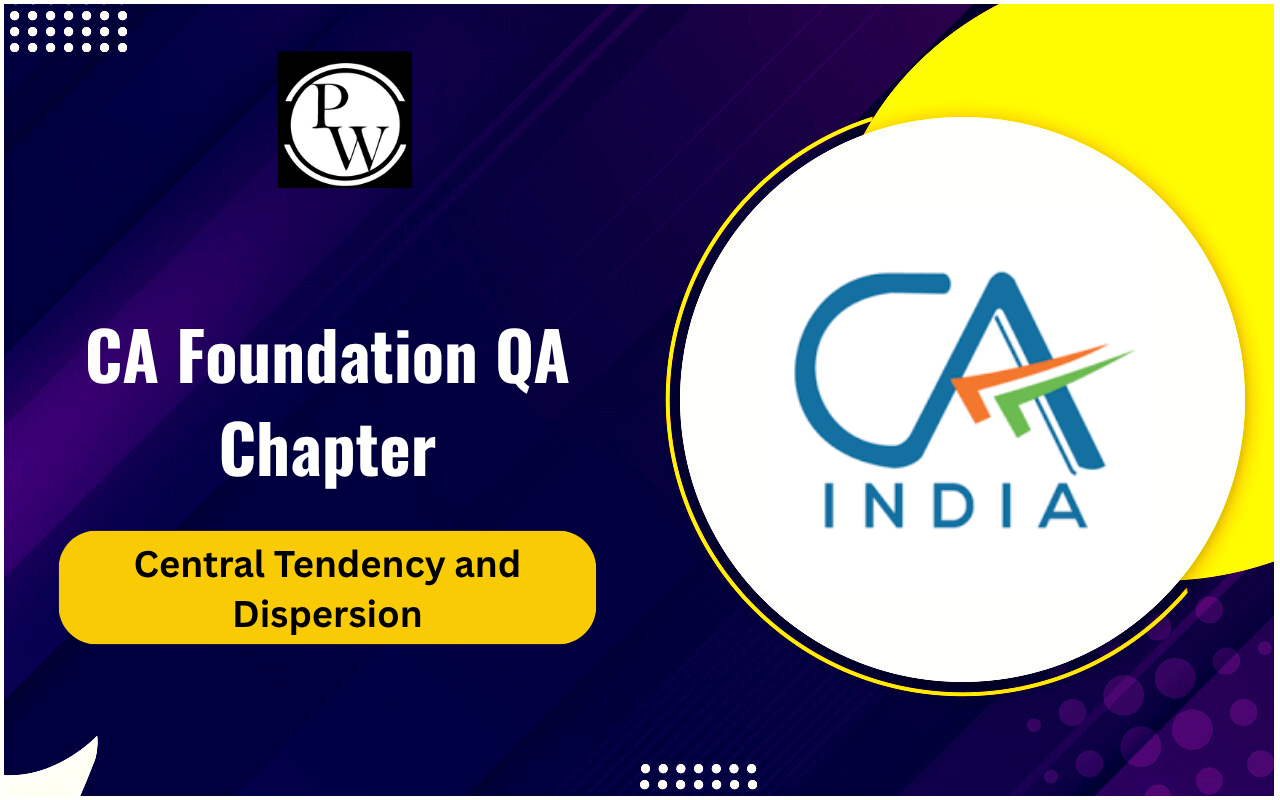
Meaning and Process of Law: Understanding the meaning of business laws is important for CA Foundation students. This topic not only highlights on how rules are created but also emphasizes the importance of adhering to the Laws. It lays the groundwork for understanding other business laws included in your syllabus. Below, we’ll understand the meaning and process of laws, their key features, and also simplify the process of creating laws in India.
What is the Meaning of Law
Law is a set of rules made by the government. These rules provide guidance to the people and businesses on what they can do and what not. Law aims to create peace, provide fairness, and ensure safety in society. When citizens stick to the law, everyone can coexist and work without issues. To understand the meaning and process of laws, we need to understand why we need them. Laws exist to guard our rights, handle problems, penalize wrongdoing, and steer behavior. Laws don't only apply to individuals, they also cover companies, schools, banks, and the government.
Definition and Features of Law
Law is a set of regulations established and upheld by the government to regulate the conduct of individuals and groups within a nation
Features of Law
Below are some key features mentioned that help the students to understand why the Law is different from other rules:
- The law is applied uniformly to all individuals, regardless of their wealth, age, status, or influence. All individuals must adhere to the same regulations.
- Laws are established by an appropriate authority, like Parliament or the State Legislatures. These are authoritative groups selected by the citizens.
- All citizens and organizations must adhere to the law. No one is exempt from the law.
- Violating the law results in penalties, which can involve fines, incarceration, or additional legal measures, based on the severity of the crime.
- Laws evolve over time to align with the demands of contemporary society. New regulations are created, and existing ones are revised to ensure they remain relevant and just.
These characteristics indicate that the law is not a choice. All citizens must adhere to it
Characteristics and Nature of Law
The essence and features of law aid us in understanding how law functions in practice:
- The government supports the authority of the law.
- Laws establish rights and responsibilities.
- The law is consistent yet adaptable.
- Law aids in resolving conflicts.
- Law fosters fairness and stability within the community.
Each student should understand the meaning and process of law to realize that law is not completely theoretical, but an aspect of our daily lives.
Who Makes the Laws in India?
Laws in India are made by the Parliament and the State Legislatures. Parliament makes laws for the whole country. State Legislatures make laws for their states. The Constitution is the highest law in India. It gives power to Parliament and the States to make laws.
There are three lists in the Constitution:
Union List: Laws for the whole country, like defence, railways.
State List: Laws for states like police, health.
Concurrent List: Both the Centre and the State can make laws on education.
Steps in the Law-Making Process
The Meaning and process of Laws is not complete without knowing how laws are made. Here are the Steps in the law‑making process in more detail:
Drafting a Bill: The first step in the Meaning and Process of Laws is to write down the idea for a new law. This is called a bill. It is usually prepared by a minister or a group of experts. The bill explains the purpose of the law and what it will do if passed.
First Reading: The bill is introduced in either the Lok Sabha or the Rajya Sabha. In this stage, the title and important points of the bill are read out. There is no detailed discussion yet. After this, the bill is sent for printing and shared with all members of the House.
Second Reading: This is the most important step in during of meaning and process of law. Members talk about the bill and share their opinions. The bill may be sent to a committee for closer examination. The committee checks the bill and can suggest changes. These changes are discussed by all members.
Third Reading: After changes are made, the final version of the bill is presented. Members vote to accept or reject it. If most members agree, the bill passes in that house.
Other House: The bill is now sent to the other house (Lok Sabha or Rajya Sabha) for approval. It goes through the same three steps: first reading, second reading with discussions and changes, and third reading with voting.
President’s Assent: Once both houses approve the bill, it is sent to the President of India. The President checks the bill and signs it if everything is fine. This step is called assent.
Law is Passed: After the President gives assent, the bill becomes a law. It is published in the official Gazette and must be followed by everyone.
These Steps in the law‑making process ensure that laws are made carefully and with agreement from many people.
Sources of Law in India
There are several sources that contribute to the understanding and development of Laws:
The Constitution: The primary foundation of all legislation.
Statutes: Legislation created by Parliament or the State Legislature.
Judicial Rulings: Court decisions that establish legal precedents.
Customs: Traditional practices adhered to by individuals that are recognised as law.
For Example, The IT Act addresses cybercrimes. The Motor Vehicle Act pertains to regulations governing traffic.
Role of Government in Law
There are 3 main parts of government:
-
Legislative: That makes the law
-
Executive: Who implements the Law
-
Judiciary: Check if the Law is being followed or not
To work properly, the law must go through all the above levels
Importance of Law
Understanding the meaning and process of law helps students understand why the law matters:
- It maintains the country's order.
- It prevents unjust behavior.
- It safeguards individuals' rights.
- It guarantees that justice is served.
Every student should understand the nature and traits of law to realize that law is not merely theoretical but a reality we encounter dailyThe meaning and process of laws is one of the first subjects in the CA foundation law. It tells you what laws are, how they're made, and why we need to follow them. It isn't always simply a principle but connects to our everyday existence. By knowing the Definition and capabilities of regulation, Steps in the regulation‑making process, and Nature and characteristics of regulation, students will recognize how regulation helps build a simple and fair society.
Business Law Meaning, Process of Law FAQs
What does law mean?
Why do we need laws in our country?
Who makes the laws in India?
How do online platforms help get the CA foundation notes for exam preparations?










